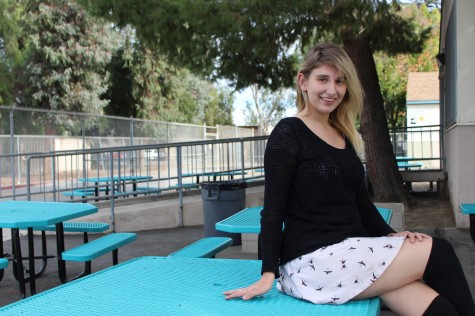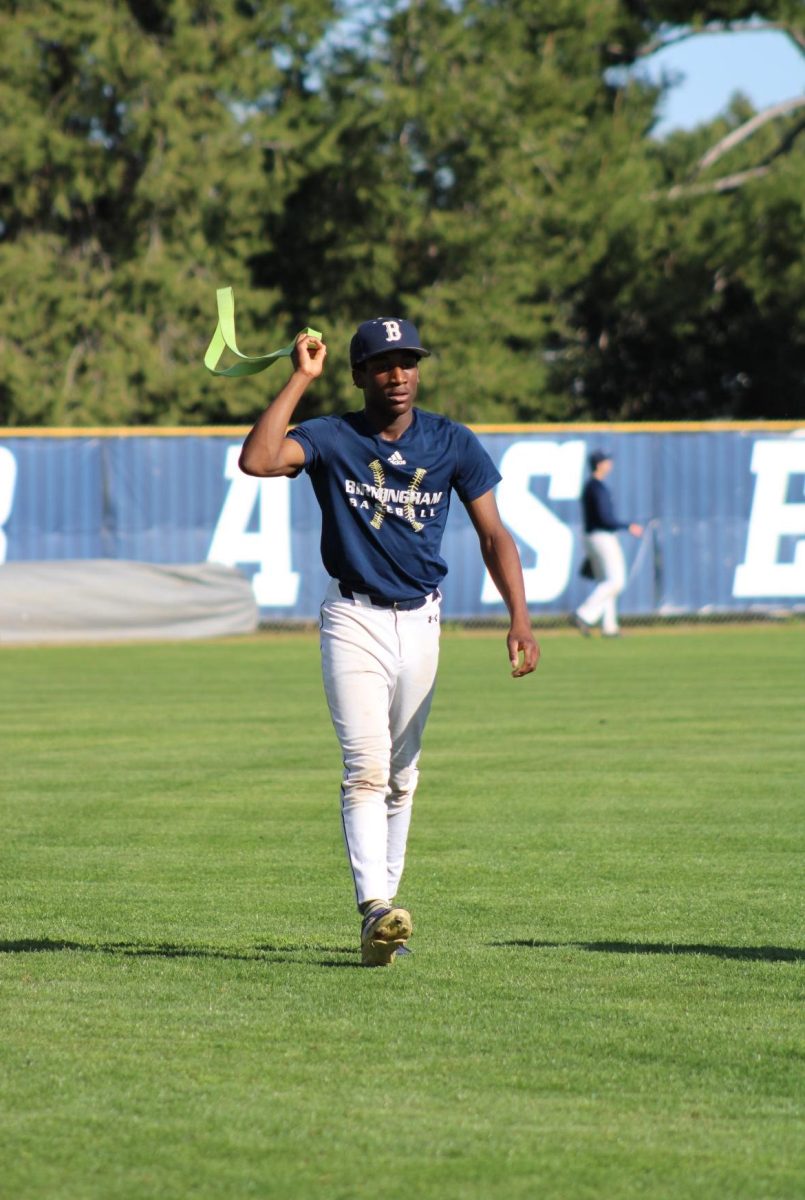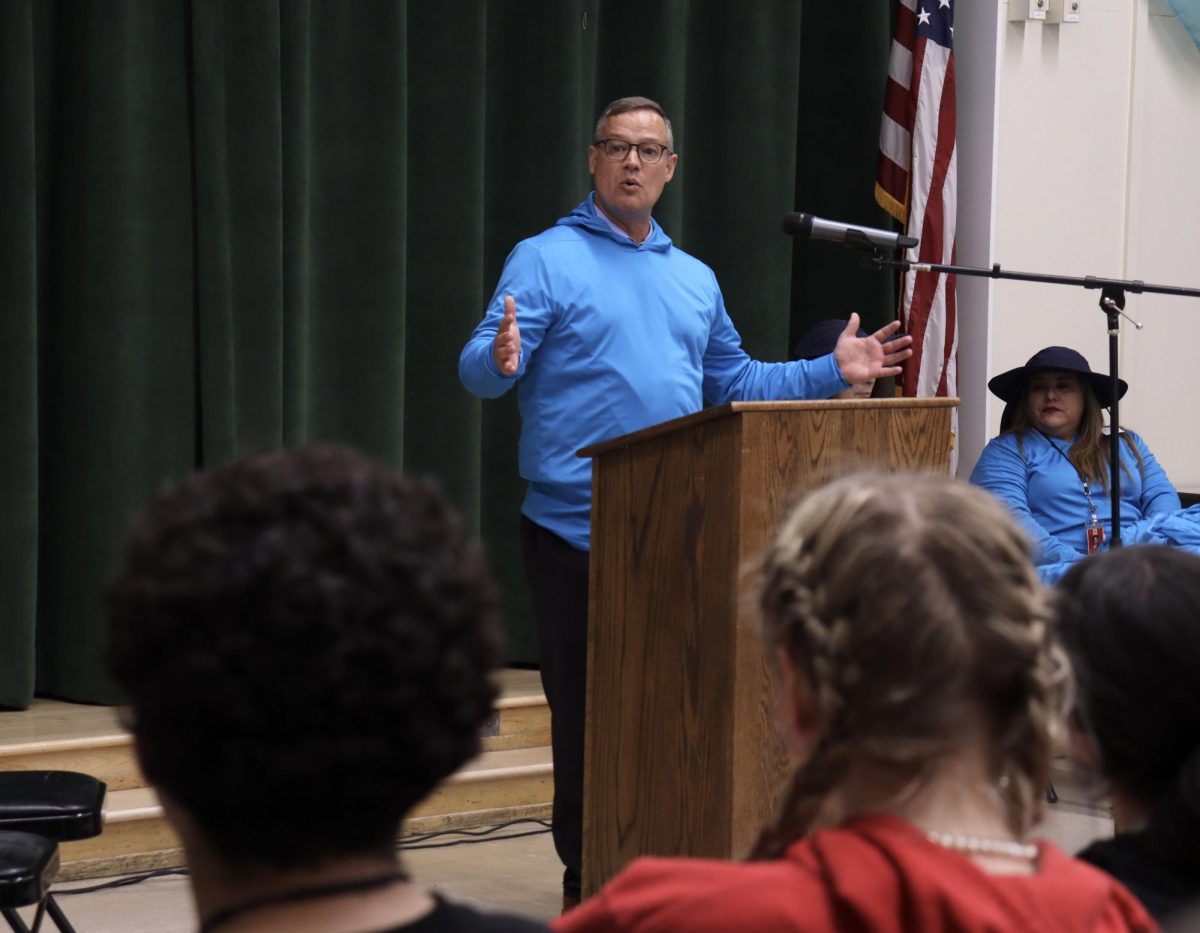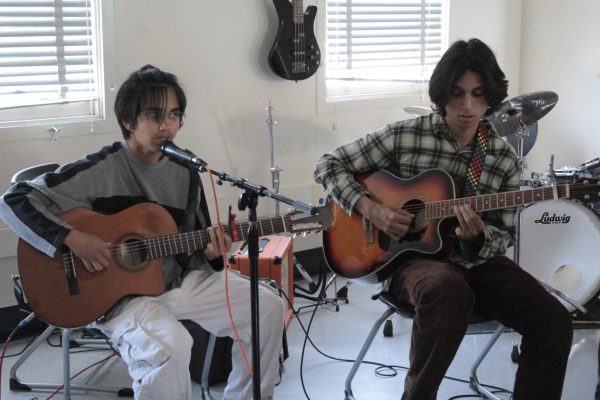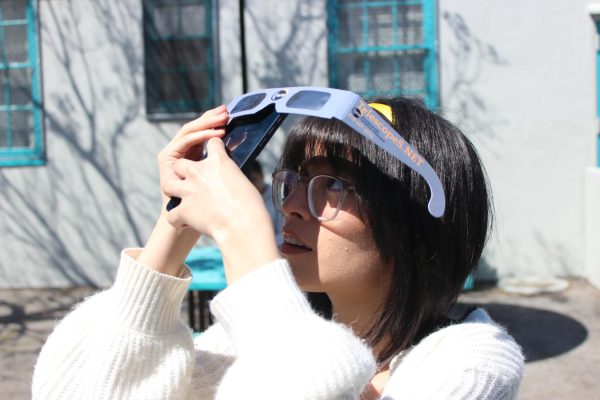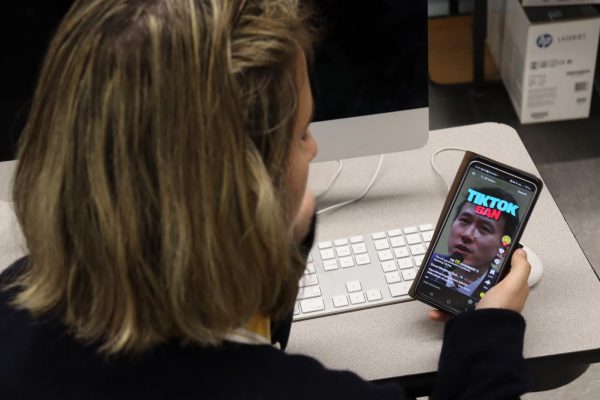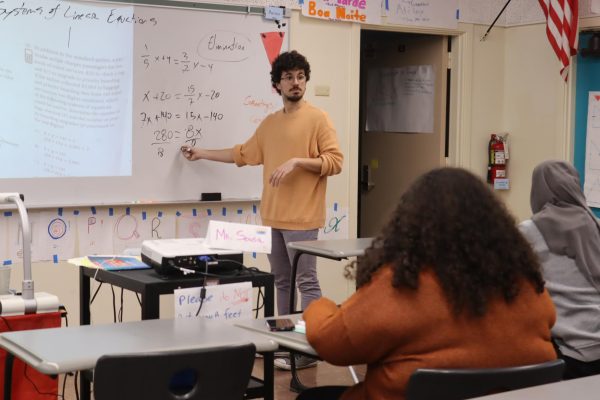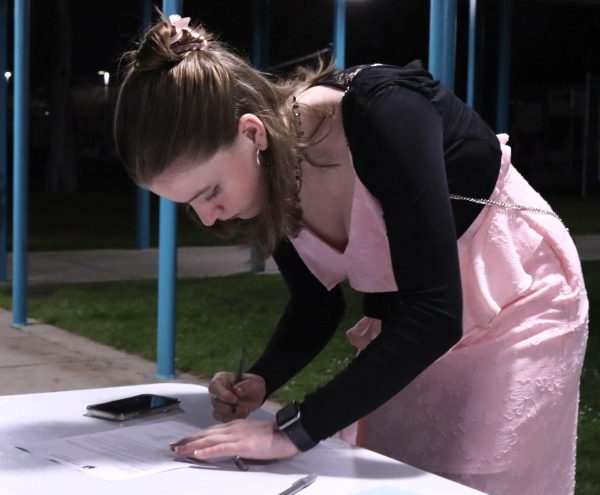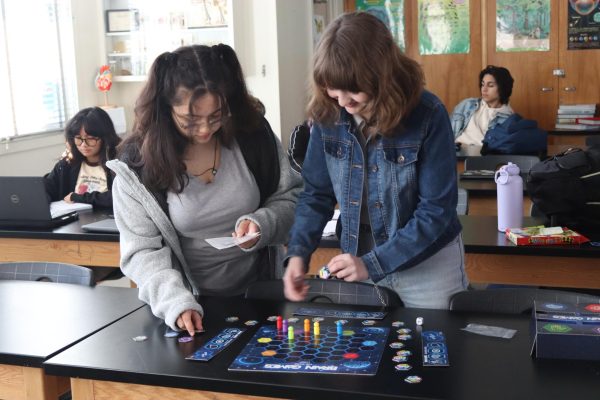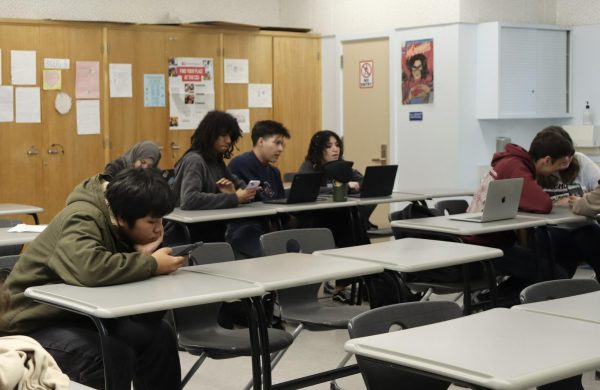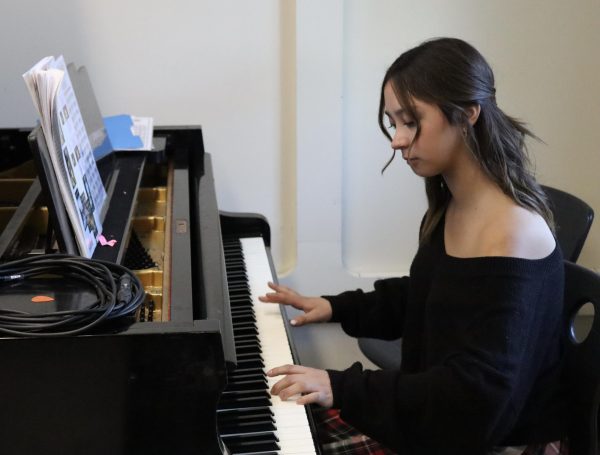Cellphone ban may be lifted for the next school year
School Administrative Assistant Diane Seiger looks at envelopes that contain confiscated cell phones. Phones taken when used during school hours are locked away and a parent or gaurdian must come to pick them up.
April 21, 2015
From no electronic devices during school hours, to allowing them during certain times, then back to a total ban, the Electronic Device Policy has changed due to students misusing social media during school hours.
However this could be changing yet again for the upcoming school year.
“Ultimately, kids will be kids, no matter what,” principal Deb Smith said. “They’ll come to school late, ignoring speed limits and sneaking cell phones when they shouldn’t. If we educate students on responsible behaviors, things would be better.”
At the beginning of the 2013-2014 school year, the School Site Council (SSC) unanimously revised the policy which allowed students to use electronic devices including cell phones and headphones during nutrition and lunch.
“Cell phones are a huge part of our lives and they really help with studying,” senior Jasmine Valle said. “We should be taught to use online resources responsibly instead of being taught to sneak them.”
The cellphone rule was revoked in May 2014 after three Twitter accounts were created using Daniel Pearl Magnet High School’s name to post derogatory and racist comments about the students and staff.
Following that incident, all devices were banned during school hours. The no cellphone policy has been kept and is still in place now due to the severity of the students’ actions.
“I understand that some students broke the rules but I don’t think everyone should be punished,” Valle said.
Despite months of talk, the ban has not yet been lifted because the SSC has not been able to agree on an updated policy.
“Kids are using their (electronic) devices,” Smith said. “I know that. Teachers know that. We all know that. Yet, we continue to get reports of students using social media like Twitter, Instagram, Kik and Tumblr to bully others even with a no-cell phone policy in place.”
When DPMHS decided to allow cell phones during breaks, there was no real plan on how to educate students about digital responsibility.
Teacher-Librarian Tammie Celi has attempted to create a program to teach digital citizenship in order to bring back the usage of cell phones during breaks. However nothing was agreed upon.
“I modified my own Acceptable Use Policy that I use in the library,” Celi said. “My policy was discussed but it was put on hold. Ultimately, the goal is to educate all students on digital responsibility and cyber citizenship.”
The current plan is to require a station at orientation in August where parents and students will be educated on digital responsibility and be asked to sign a form allowing them to use their cellphones during school.
“If there was a way to not disrupt classroom instruction and still teach students about positive behavior online, (the administration) would definitely do it this year,” Smith said.



